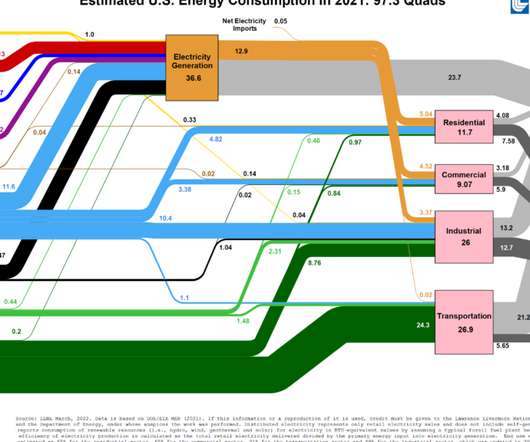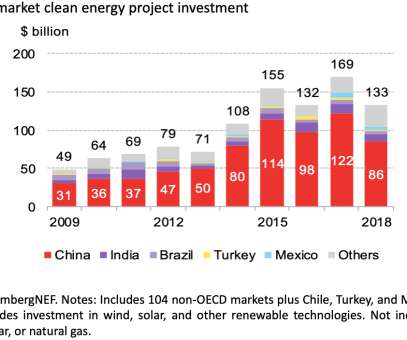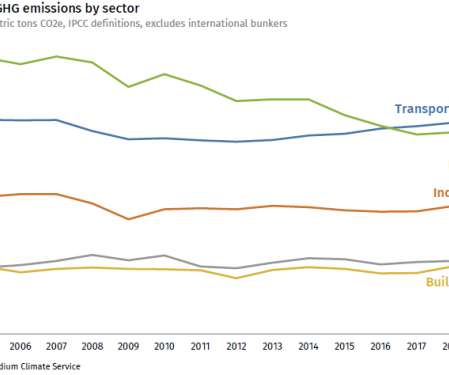New method details contributions of climate change & natural variability to rapid Arctic ice loss
Green Car Congress
MARCH 14, 2017
The study, from the University of Washington, the University of California Santa Barbara and federal scientists, is published in Nature Climate Change. Ding designed a new sea ice model experiment that combines forcing due to climate change with observed weather in recent decades.





























Let's personalize your content